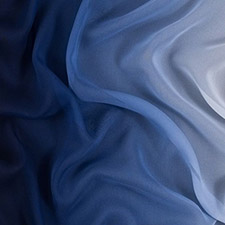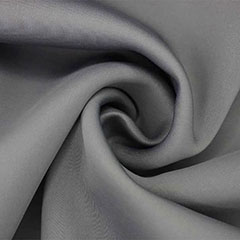Laser Cut Duck Cloth Fabric
▶ Introduction of Duck Cloth Fabric
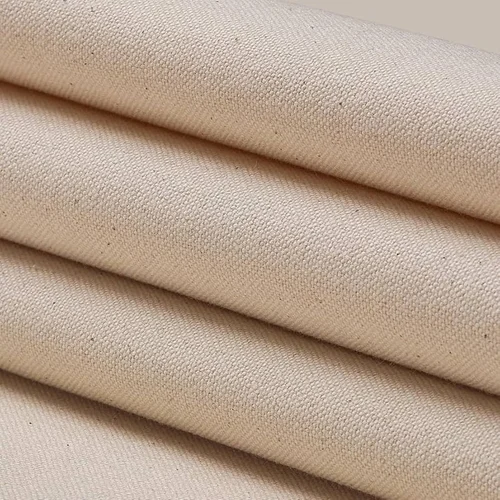
Duck Cloth Fabric
Duck cloth (cotton canvas) is a tightly woven, plain-weave durable fabric traditionally made from cotton, known for its toughness and breathability.
The name derives from the Dutch word "doek" (meaning cloth) and typically comes in unbleached natural beige or dyed finishes, with a stiff texture that softens over time.
This versatile fabric is widely used for workwear (aprons, tool bags), outdoor gear (tents, totes), and home decor (upholstery, storage bins), particularly in applications requiring tear and abrasion resistance.
Untreated 100% cotton varieties are eco-friendly and biodegradable, while blended or coated versions offer enhanced water resistance, making duck cloth an ideal choice for DIY crafts and functional goods.
▶ Types of Duck Cloth Fabric
By Weight & Thickness
Lightweight (6-8 oz/yd²): Flexible yet durable, ideal for shirts, light bags, or linings.
Medium-weight (10-12 oz/yd²): The most versatile—used for aprons, tote bags, and upholstery.
Heavyweight (14+ oz/yd²): Rugged for workwear, sails, or outdoor gear like tents.
By Material
100% Cotton Duck: Classic, breathable, and biodegradable; softens with wear.
Blended Duck (Cotton-Polyester): Adds wrinkle/shrink resistance; common in outdoor fabrics.
Waxed Duck: Cotton infused with paraffin or beeswax for water resistance (e.g., jackets, bags).
By Finish/Treatment
Unbleached/Natural: Tan-colored, rustic look; often used for workwear.
Bleached/Dyed: Smooth, uniform appearance for decorative projects.
Fire-Retardant or Waterproof: Treated for industrial/safety applications.
Specialty Types
Artist’s Duck: Tightly woven, smooth surface for painting or embroidery.
Duck Canvas (Duck vs. Canvas): Sometimes distinguished by thread count—duck is coarser, while canvas may be finer.
▶ Application of Duck Cloth Fabric

Workwear & Functional Apparel
Workwear/Aprons: Medium-weight (10-12 oz) is most common, offering tear resistance and stain protection for carpenters, gardeners, and chefs.
Work Pants/Jackets: Heavyweight (14+ oz) fabric is ideal for construction, farming, and outdoor labor, with waxed options for added waterproofing.
Tool Belts/Straps: Tight weave ensures load-bearing capacity and long-term shape retention.
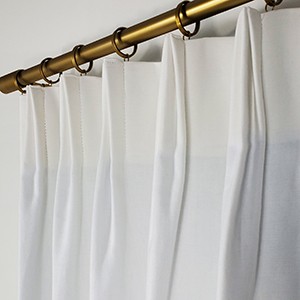
Home & Décor
Furniture Upholstery: Unbleached versions suit rustic industrial styles, while dyed options fit modern interiors.
Storage Solutions: Baskets, laundry bins, etc., benefit from the fabric’s stiff structure.
Curtains/Tablecloths: Lightweight (6-8 oz) variants provide breathable shading for cottage or wabi-sabi aesthetics.
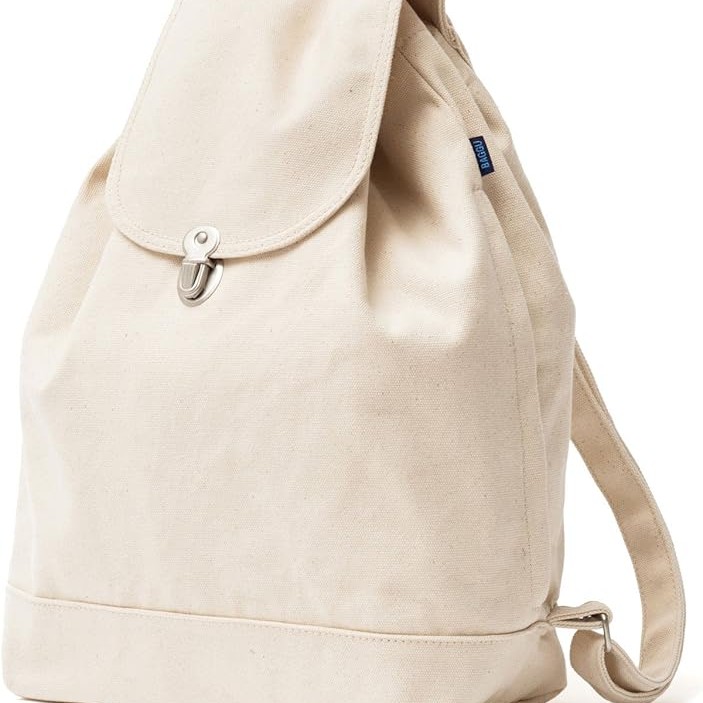
Outdoor & Sports Gear
Tents/Awnings: Heavy-duty, water-resistant canvas (often polyester-blended) for wind/UV protection.
Camping Gear: Waxed fabric for chair covers, cooking pouches, and damp environments.
Shoes/Backpacks: Combines breathability and abrasion resistance, popular in military or vintage designs.
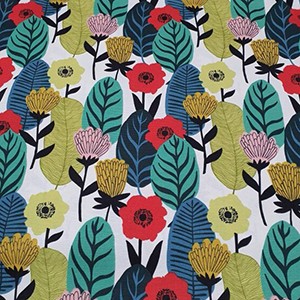
DIY & Creative Projects
Painting/Embroidery Base: Artist-grade duck cloth has a smooth surface for optimal ink absorption.
Textile Art: Patchwork wall hangings leverage the fabric’s natural texture for rustic charm.
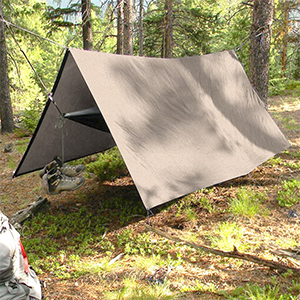
Industrial & Specialized Uses
Cargo Tarps: Heavy waterproof covers shield goods from harsh weather.
Agricultural Uses: Grain covers, greenhouse shades, etc.; flame-retardant versions available.
Stage/Film Props: Authentic distressed effects for historical sets.
▶ Duck Cloth Fabric vs Other Fabrics
| Feature | Duck Cloth | Cotton | Linen | Polyester | Nylon |
|---|---|---|---|---|---|
| Material | Thick cotton/blend | Natural cotton | Natural flax | Synthetic | Synthetic |
| Durability | Very high (most rugged) | Moderate | Low | High | Very high |
| Breathability | Moderate | Good | Excellent | Poor | Poor |
| Weight | Medium-heavy | Light-medium | Light-medium | Light-medium | Ultra-light |
| Wrinkle Resistance | Poor | Moderate | Very poor | Excellent | Good |
| Common Uses | Workwear/outdoor gear | Everyday clothing | Summer wear | Sportswear | High-performance gear |
| Pros | Extremely durable | Soft & breathable | Naturally cool | Easy care | Super elastic |
▶ Recommended Laser Machine for Duck Cloth Fabric
We Tailor Customized Laser Solutions for Production
Your Requirements = Our Specifications
▶ Laser Cutting Duck Cloth Fabric Steps
① Material Preparation
Choose 100% cotton duck cloth (avoid synthetic blends)
Cut a small test piece for initial parameter testing
② Prepare the Fabric
If worried about scorch marks, apply masking tape over the cutting area
Lay the fabric flat and smooth on the laser bed (no wrinkles or sagging)
Use a honeycomb or ventilated platform underneath the fabric
③ Cutting Process
Load the design file (SVG, DXF, or AI)
Confirm size and placement
Start the laser cutting process
Monitor the process closely to prevent fire risks
④ Post-Processing
Remove masking tape (if used)
If edges are slightly frayed, you can:
Apply fabric sealant (Fray Check)
Use a hot knife or edge sealer
Sew or hem the edges for a clean finish
Related vedio:
Guide to the Best Laser Power for Cutting Fabrics
In this video, we can see that different laser cutting fabrics require different laser cutting powers and learn how to choose laser power for your material to achieve clean cuts and avoid scorch marks.
▶ FAQS
Duck cloth (or duck canvas) is a tightly woven, durable plain-weave fabric primarily made from heavyweight cotton, though sometimes blended with synthetics for added strength. Known for its ruggedness (8-16 oz/yd²), it's smoother than traditional canvas but stiffer when new, softening over time. Ideal for workwear (aprons, tool bags), outdoor gear (totes, covers), and crafts, it offers breathability with high tear resistance. Care involves cold washing and air drying to maintain durability. Perfect for projects requiring tough yet manageable fabric.
Canvas and duck fabric are both durable plain-weave cotton fabrics, but differ in key ways: Canvas is heavier (10-30 oz/yd²) with a rougher texture, ideal for rugged uses like tents and backpacks, while duck fabric is lighter (8-16 oz/yd²), smoother, and more pliable, better suited for workwear and crafts. Duck's tighter weave makes it more uniform, whereas canvas prioritizes extreme durability. Both share cotton origins but serve distinct purposes based on weight and texture.
Duck cloth generally surpasses denim in tear resistance and rigidity due to its tight plain weave, making it ideal for heavy-duty items like work gear, while heavyweight denim (12oz+) offers comparable durability with more flexibility for clothing—though duck's uniform structure gives it a slight edge in raw strength for non-flexible applications.
Duck cloth is not inherently waterproof, but its tight cotton weave provides natural water resistance. For true waterproofing, it requires treatments like wax coating (e.g., oilcloth), polyurethane laminates, or synthetic blends. Heavyweight duck (12oz+) sheds light rain better than lightweight versions, but untreated fabric will eventually soak through.
Duck cloth can be machine washed in cold water with mild detergent (avoid bleach), then air-dried or tumble-dried on low heat to prevent shrinkage and stiffness - though waxed or oiled varieties should only be spot-cleaned to preserve waterproofing. Pre-washing untreated duck cloth before sewing is recommended to account for potential 3-5% shrinkage, while dyed versions may require separate washing to prevent color bleeding.
Construction (8-16 oz/yd²) that offers superior tear resistance and abrasion strength while remaining breathable and softening with use - available in utility grades for workwear, numbered lightweight versions (#1-10) for precision uses, and waxed/oiled variants for water resistance, making it more structured than denim and more uniform than canvas for ideal balance between ruggedness and workability in projects ranging from heavy-duty bags to upholstery.





